BITS BLOG
How to Build a Scalable IT Roadmap for Compliance and Growth
Technology is no longer a support function. It is a business enabler.
A scalable IT roadmap connects technology decisions to business priorities. For executives, this is not about selecting tools. It is about ensuring that IT investments support growth, reduce risk, and meet evolving compliance expectations.
Without a clear roadmap, organizations fall into reactive cycles: spending more on short-term fixes, struggling with audits, and limiting scalability. A roadmap provides structure and foresight, helping leaders direct capital, align teams, and future-proof operations.
Here is how to build an IT roadmap that delivers real business value.
Step 1: Align Technology with Business Objectives
Every IT initiative should map directly to a business driver. Common goals include:
- Scaling operations without increasing overhead
- Meeting audit or regulatory requirements
- Reducing risk exposure
- Supporting geographic or service expansion
- Enabling automation or data-driven decision-making
Before investing in tools, clarify the strategic outcomes they are meant to enable.
Step 2: Conduct a Risk-Based Gap Assessment
A roadmap is only valuable if it is grounded in reality. Executives need visibility into what is outdated, overextended, or noncompliant.
Use a structured assessment to identify:
- Legacy systems that cannot scale
- Security and compliance gaps (access controls, MFA, backups)
- Unmanaged vendors or shadow IT
- Manual processes blocking efficiency
- Areas where cost is rising without clear return
This becomes your baseline for prioritizing investments.
Step 3: Integrate Compliance from the Start
If your industry is regulated or your clients require security attestations, compliance must be designed into the roadmap—not bolted on later.
Focus on controls such as:
- Identity and access governance
- Data classification and retention
- Vendor oversight and contract management
- Incident response protocols
- Audit readiness and documentation
Compliance is not just risk reduction. It also protects revenue and client relationships.
Step 4: Prioritize by Business Impact and Change Readiness
Not every gap needs immediate resolution. Use a risk-to-value framework that considers:
- Financial or operational risk of inaction
- Potential cost savings or efficiency gains
- Internal bandwidth for execution
- Dependencies across departments
At BITS Cyber, we apply a Business Change Tolerance (BCT) score to help leaders sequence IT initiatives based on how much change their organization can sustain at any given time.
Step 5: Assign Ownership and Track Execution
Strategic roadmaps require accountability.
Each initiative should have:
- An executive sponsor
- A measurable business outcome
- Clear KPIs and timelines
- Visibility across departments
Use a centralized reporting mechanism to align IT, finance, and operations on progress and pivot as priorities evolve.
Final Thought
For executives, IT is no longer an isolated department. It is the infrastructure for scale, trust, and innovation.
A well-structured roadmap reduces surprise spending, strengthens compliance posture, and positions your business to adapt faster than competitors.
- At BITS Cyber, we help organizations build IT strategies that grow with the business, not against it—backed by data, focused on outcomes, and measured with executive-level clarity.
